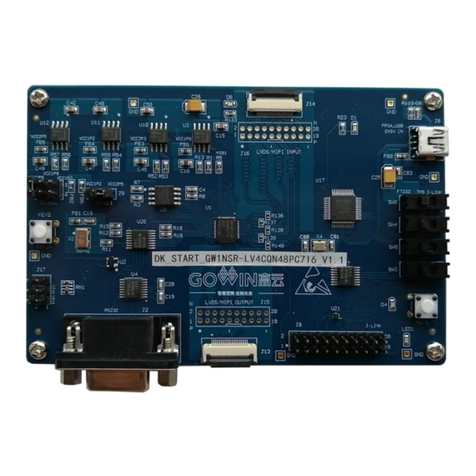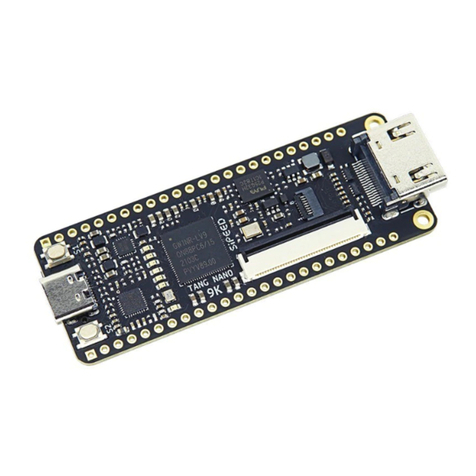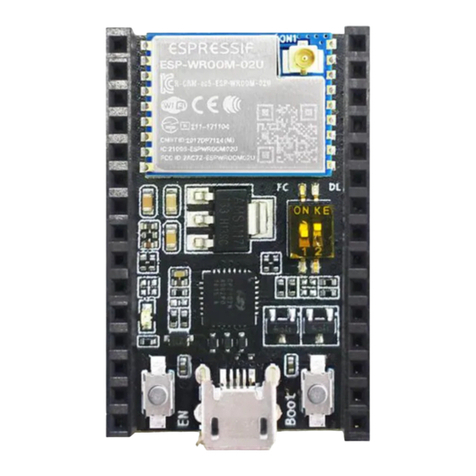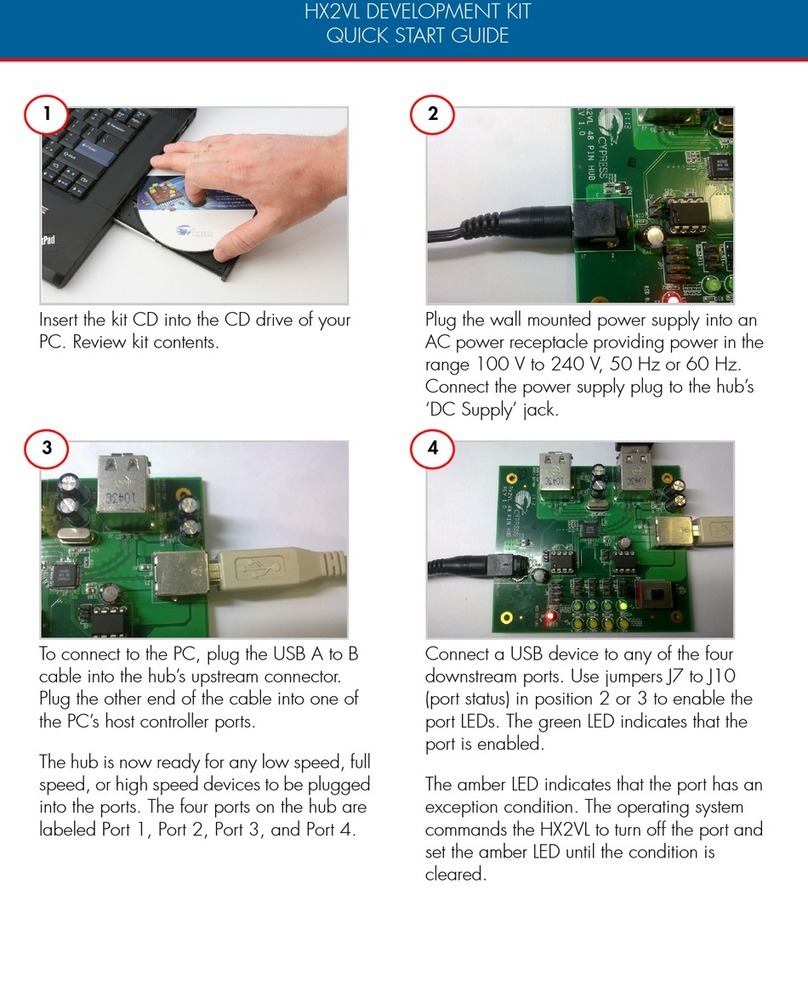
GW2A/GW2AR series of FPGA Products Schematic Manual
UG206-1.1E
L/R PLL feedback the input pin, T(True)
L/R PLL feedback the input pin, C(Comp)
L/R PLL clock input pin, T(True)
L/R PLL clock input pin, C(Comp)
3. Clock Input Selection
If the external clock inputs as a PLL clock, the user is advised to input
from the PLL dedicated pin. And the PLL_T end is selected if the external
clock inputs from the single-end.
GCLK is the global clock and is directly connected to all resources in
the device. The GCLK_T end is advised if the GCLK inputs from the
single-end.
Difference Pin
1. Overview
Differential transmission is a form of signal transmission technology
that operates according to differences between the signal line and the
ground line. The differential transmit signals on these two lines, the
amplitude of the two signals are equal and have the same phase but
demonstrate opposite polarity.
2. LVDS
LVDS is a low-voltage differential signal that offers low power
consumption, low bit error rate, low crosstalk, and low radiation. It
facilitates the transmission of data using a low-voltage swing high-speed
differential. Different packages employ different signals. Please refer to the
True LVDS section of the Package Pinout Manual for further details.
Note!
All BANKs in the GW2A/GW2AR series of FPGA products support True LVDS output;
BANK0/1 in the GW2A/GW2AR series of FPGAproducts support 100 ohm differential
input resistance;
If the BANK is used as the differential input, 100-ohm terminal resistance is needed;
The different line impedance of PCB is controlled at about 100 ohms.
READY, RECONFIG_N, DONE
1. Overview
RECONFIG_N is a reset function within the FPGA programming
configuration. FPGA can't configure if RECONFIG_N is low.
As a configuration pin, a low level signal with pulse width no less than
25ns is required to start GowinCONFIG to reload bitstream data according
to the MODE setting value. You can control the pin via the write logic and
trigger the device to reconfigure.

































